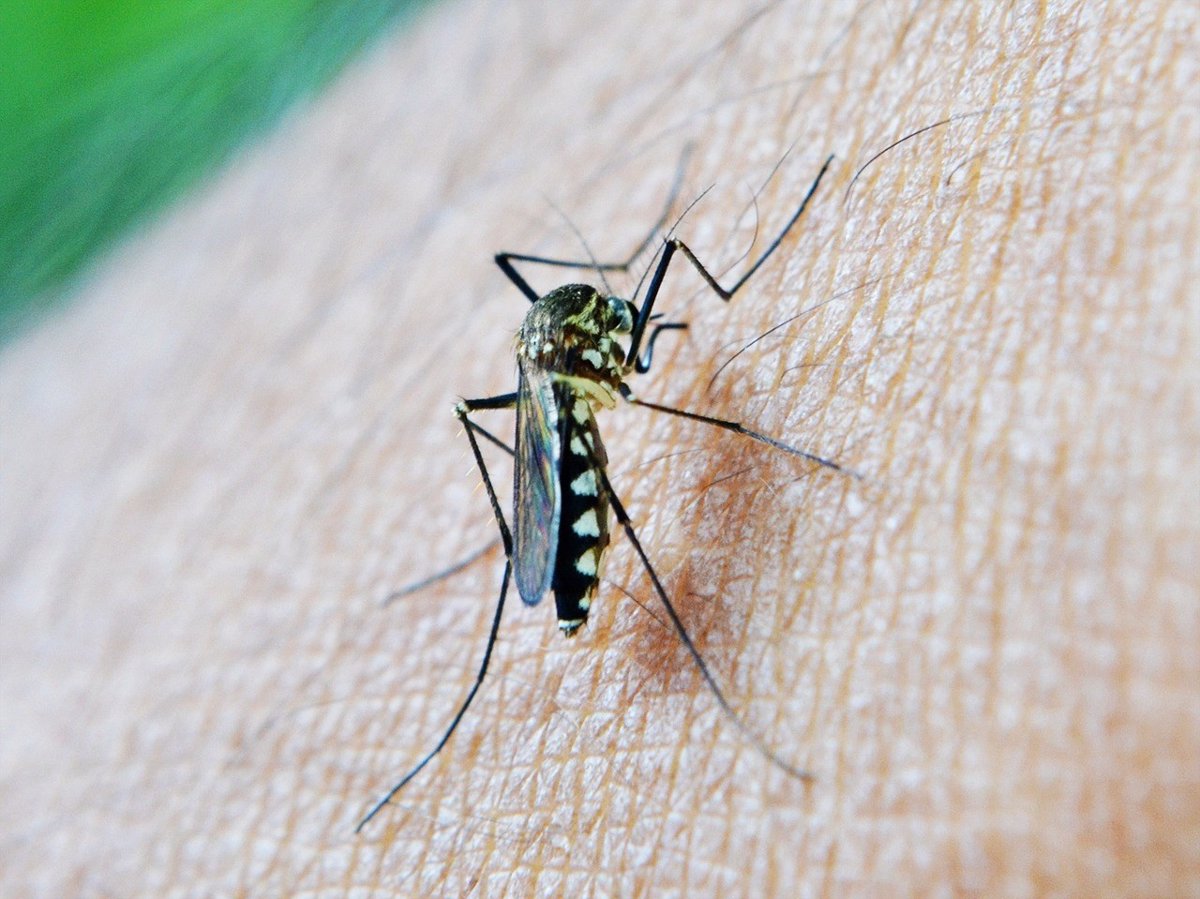SEVILLE 7 Oct. (EUROPA PRESS) –
The Ministry of Health and Consumer Affairs of the Government of Andalusia, through the General Directorate of Public Health and Pharmaceutical Regulation, has confirmed a death from West Nile Virus (WNV) in Coria del Río, with previous pathologies and diagnosed in August, which brings the number of fatalities in the province of Seville to ten.
In addition, the Ministry, in a statement, has reported two new cases in the municipalities of Coria and La Puebla del Río, after completing confirmation tests, as they are cases with the onset of symptoms at the end of August and beginning of September.
On the other hand, for the first time this season since the first detection in June, the presence of WNV has not been detected in the captures made at the trapping stations of the Ministry of Health and Consumer Affairs in the fourth week of September.
Furthermore, through integrated information, no WNV circulation has been detected in the mosquito analyzes in the rest of the traps. Likewise, as a result of the integration of the surveillance, the results of the entomological surveillance information provided by EBD-CSIC, as well as the Mosquito Control Service of the Provincial Council of Huelva, with respect to the previous week, we continue with Culex perexiguus capture numbers low in most traps.
However, the Cañada de los Pájaros trap, Dehesa de Abajo (both in La Puebla del Río) and the traps located in the southern and northern areas of Coria del Río show high values (Grade IV, Grade IV, Grade IV and Grade II respectively).
In this regard, both in Coria del Río and La Puebla del Río, significant increases in the number of Aedes vexans and Aedes caspius have been detected. Both species are not potentially transmitters of WNV, but they can cause discomfort to the population due to their bites.
Similarly, the presence of West Nile virus has been detected in five horses, one in Lucena (Córdoba), one in Gibraleón (Huelva), one in Aznalcázar (Seville) and two in Almargen (Málaga), reported by the Ministry of Agriculture. , Fishing, Water and Rural Development.
Likewise, the Ministry of Sustainability, Environment and Blue Economy has transferred the positive result to VNO in two birds: a hermit ibis in Vejer de la Frontera (Cádiz) and an Iberian imperial eagle in Constantina (Seville), which were found within weeks previous.
Salud y Consumo has informed municipal officials of the public health actions that they must adopt as provided for in the Program for comprehensive surveillance and control of vectors transmitting West Nile Fever (WNF) in Andalusia to significantly reduce the probability of transmission. to the population, based on the analysis of the weekly results of species, densities and circulation of the virus, maintains continuous monitoring of the mosquito surveillance and control actions being carried out by the pest control companies contracted by the councils of Cádiz and Seville.
Tasks aimed at controlling peri-urban areas and specifically, with respect to actions within towns, carrying out on-site verifications and follow-up meetings every week with the most affected town councils and companies hired by them.
On the other hand, in relation to the densities of WNV-transmitting mosquito species in the first week of October, in the province of Cádiz an increase in captures is observed in Barbate (Grade IV) and low values in the rest (Grade I) . In the case of Jaén and Málaga the densities of these insects are low (Grade I).
Regarding the province of Seville, the populations of transmitting mosquitoes are at medium levels (Grade II) in Almensilla, Bollullos de la Mitación, Las Cabezas de San Juan and Villamanrique de la Condesa, while the levels are higher in the Brazo of the East of La Puebla del Río with Grade III, Los Palacios and Villafranca with Grade III, Cañada de los Pájaros and Dehesa de Abajo in La Puebla del Río with Grade IV and Coria del Río with Grade IV.
WNV INFECTION
WNV infection is a zoonosis transmitted by mosquitoes of the genus Culex. The disease affects countries in southern, eastern and western Europe. The virus is transmitted between birds through the bite of infected mosquitoes, this being its natural cycle. Humans and other mammals can be infected collaterally, without new transmissions occurring from them.
About 80% of WNV infections in humans are asymptomatic. FNO is the most common clinical presentation. The elderly and immunocompromised people are at higher risk of developing neuroinvasive West Nile disease.
The Ministry of Health and Consumer Affairs insists on the need for the population to maintain preventive measures to avoid mosquito bites during the hours of greatest activity of the species that transmit this disease (around dawn and after dusk). , both individual and domestic.
